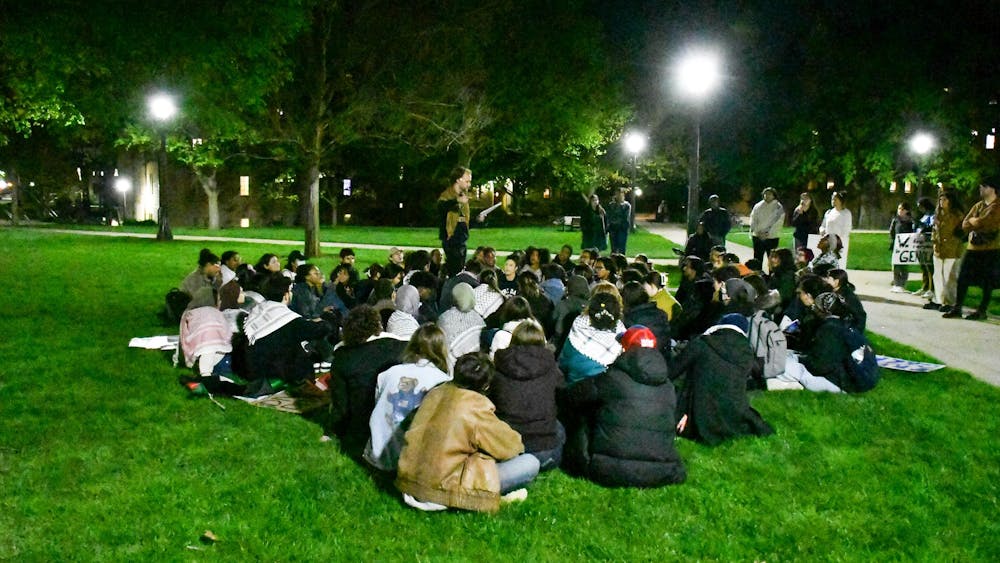Yesterday I picked up a copy of The Observer and I flipped through to find Maryann White’s letter to the editor titled "The legging problem." In it, White argues women should not wear leggings because it distracts young men who are attending church as they cannot help but look at “naked rear ends.” While White’s comments were likely intended to be innocuous, they contribute to and further the narrative that women need to dress in order to not distract their male peers, which only furthers the sexualization and subsequent subjugation of women’s bodies. Unfortunately, White’s comments are not held in isolation. Across the country there are countless stories of young women who are forced to change their attire in order not to distract their male peers, including institutionalized policies that ban leggings outright. In response to a middle school in Wisconsin that outlawed students from wearing “yoga pants and leggings as standalone bottoms,” Kate Trudell, the mother of an 11-year-old boy that attends the school, said in a speech that was shared with Yahoo News:“While the yoga pants ban seems harmless, it is a microaggression against a vulnerable demographic that propagates institutionalized slut-shaming that has dangerous long-term consequences. It lays the foundation for the idea that women must wear modest clothing to protect themselves from being raped or sexually assaulted instead of teaching men to respect women’s physical dignity.”I could not agree more with Trudell’s comments. The notion that women should not wear something because men can’t control themselves shifts blame away from the onlooker to the wearer, i.e., that it is the woman’s fault for wearing said clothing but not men’s fault for having these impulses. This is the same justification that is used in sexual assault cases — "if only" the wearer wore different and less-revealing clothes, the assault would not have happened. It is this shifting of blame to the wearer that only furthers rape culture and continues the objectification and sexualization of young bodies. This is especially true and present in White’s letter, in which she claims the young women sitting in front of her family “obtruded painfully on [her] landscape.” What White does here is shift the blame away from the onlooker, away from the society that delegates what is and what is not acceptable for young women to wear, and toward the young women who voluntarily chose to come to church and are now judged for their dress.This shift tells women explicitly it is not ok to wear clothes they find comfortable even in a place of worship, and implicitly tells women that their bodies are sexualized objects. This implicit message denigrates women and perpetuates an oppressive culture that strips women of agency and fosters the message that women are subservient to male counterparts. So when White notes she feels “ashamed for the young women at Mass,” I urge her to reflect on what her message sends to young women, and more broadly what that message means in the context of a society whose myopic focus on dress ignores the underlying institutional and structural factors that perpetuate gender discrimination.
Conrad Palor
sophomore
March 25













